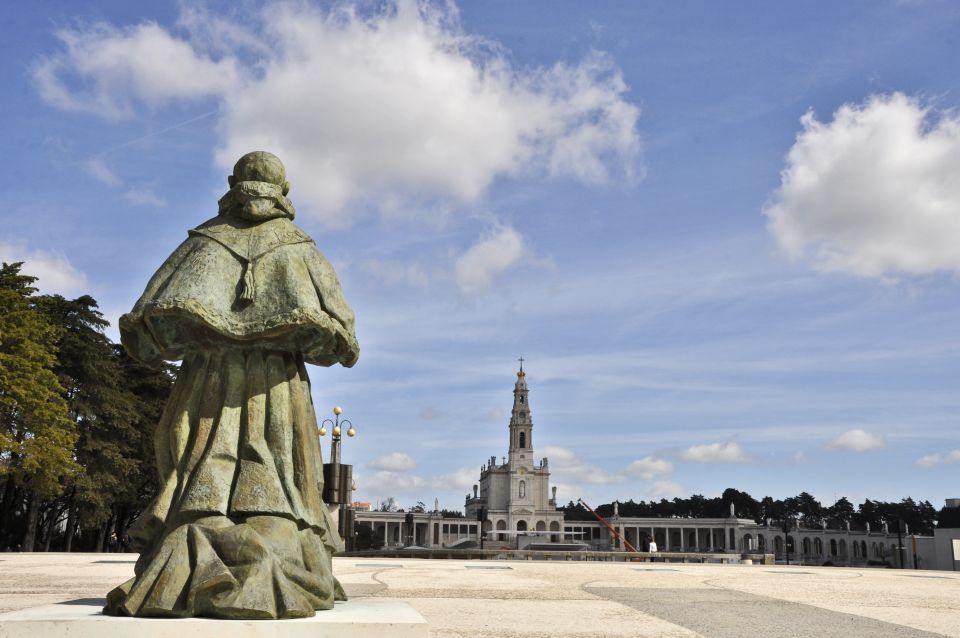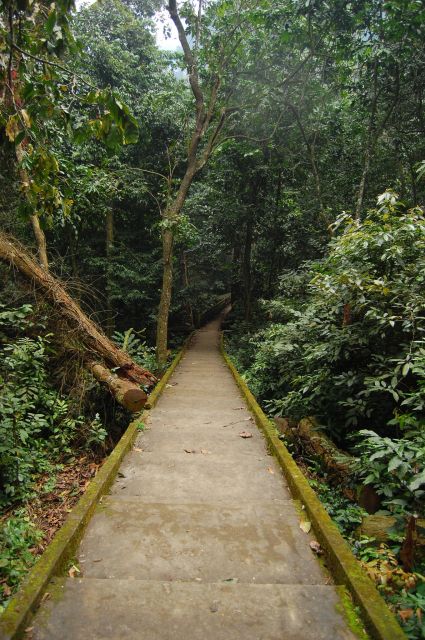In the 1600s, the intricate dance between popes and artists unfolded against a backdrop of ambition and intrigue. The papacy wielded its power to commission grand works, yet this often led to disputes over artistic integrity and moral expectations. Artists like Caravaggio navigated a landscape riddled with personal betrayals and clandestine affairs, where their creative spirits clashed with the rigid structures of religious authority. This era, characterized by both stunning masterpieces and scandalous secrets, raises compelling questions about the true cost of artistic genius. What hidden stories lie behind the brushstrokes of Baroque art?
Key Points
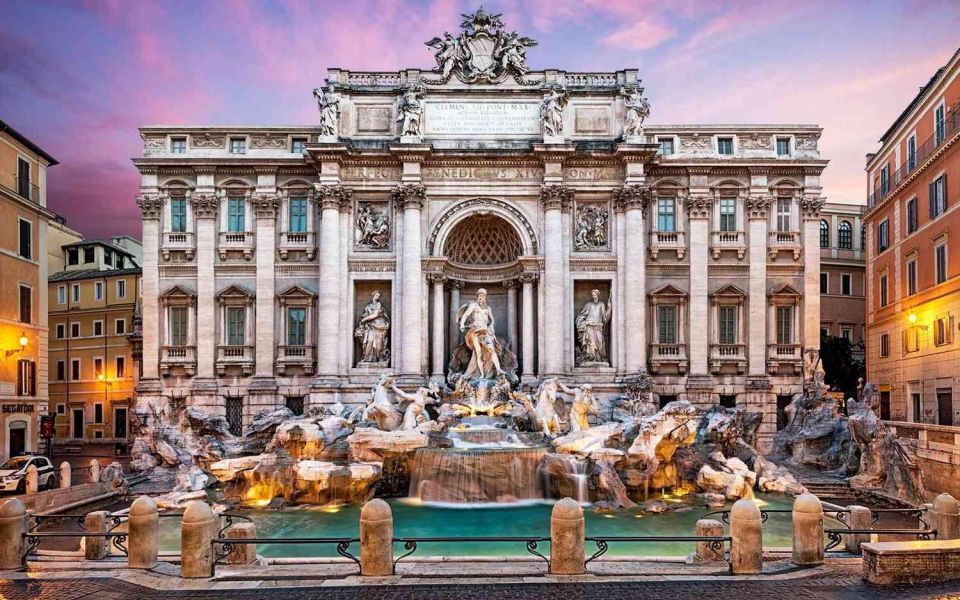
- Papal patronage in the 1600s influenced artists, intertwining their careers with the church’s moral expectations and political agendas.
- Scandals involving artists, like Caravaggio, revealed tensions between personal freedom and ecclesiastical authority, leading to legal troubles and rivalries.
- Secret affairs and betrayals among clergy and artists highlighted the complex power dynamics within the Vatican, affecting artistic expression.
- Artists’ relationships with powerful patrons often involved manipulation and compliance, shaping their legacies and the art they produced.
- Women, as patrons and artists, navigated a male-dominated landscape, influencing the art scene while confronting societal norms and expectations.
It's also worth checking out some other tours and experiences nearby.
The Baroque Era Unveiled
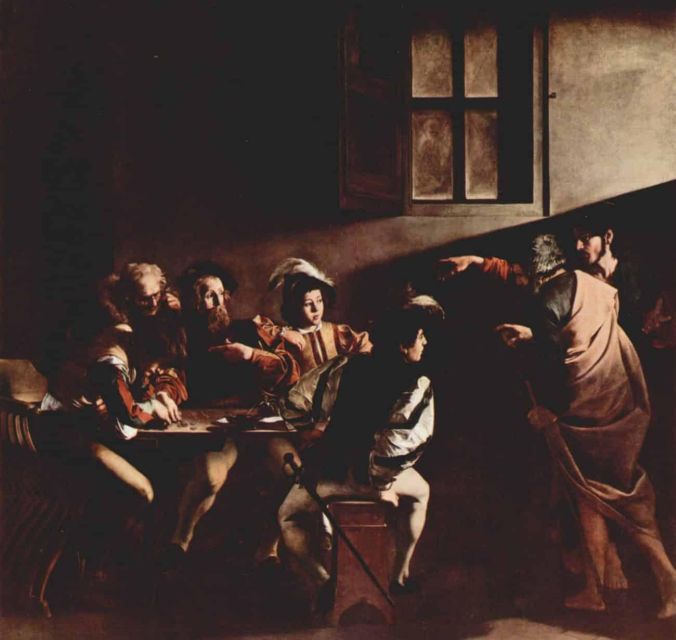
The Baroque era, with its dramatic flair and emotional intensity, marked a pivotal moment in art history, showcasing the genius of artists like Bernini, Borromini, and Caravaggio who shaped Rome’s cultural landscape in the 1600s.
This period is characterized by bold contrasts, theatricality, and a deep focus on human emotion, often expressed through vivid colors and dynamic compositions.
Bernini’s sculptural masterpieces, such as ‘The Ecstasy of Saint Teresa,’ captivated audiences with their lifelike quality and intricate detail.
Borromini’s architectural innovations, particularly in the Church of San Carlo alle Quattro Fontane, challenged traditional forms, creating a sense of movement.
Meanwhile, Caravaggio’s groundbreaking use of chiaroscuro transformed painting, emphasizing realism and dramatic storytelling, forever altering the course of Western art.
Papal Influence on Art
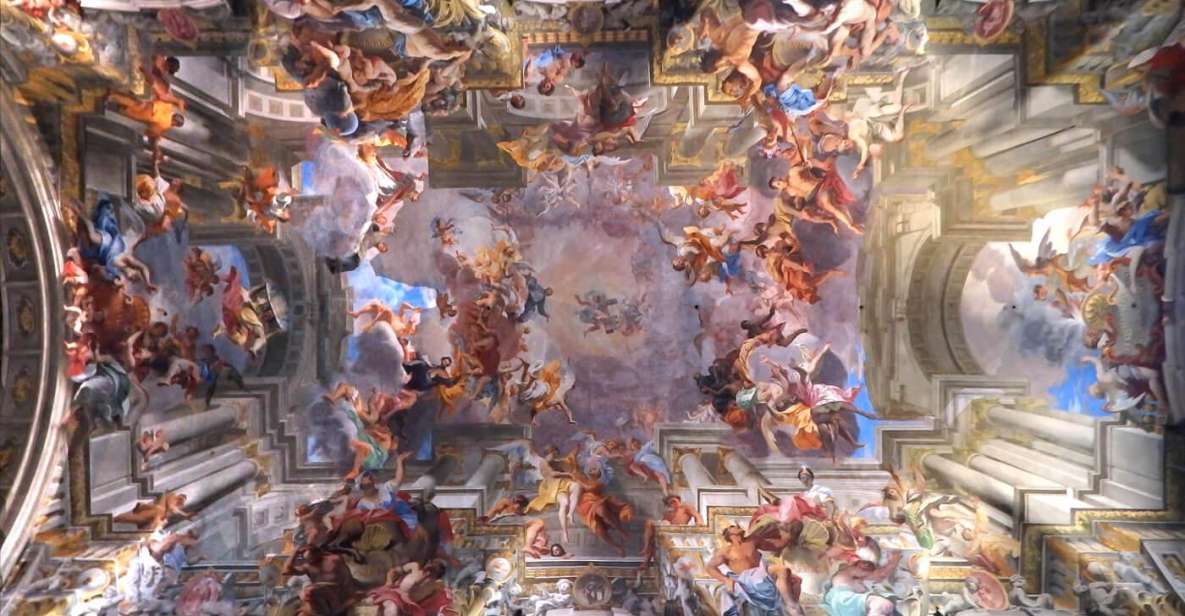
Papal patronage played a significant role in shaping the artistic landscape of the 1600s, influencing both the themes and the careers of renowned artists like Bernini and Caravaggio.
The Church commissioned grand works to convey religious narratives, often emphasizing emotional depth and dramatic realism. This demand led artists to innovate, using light and shadow to heighten the impact of their subjects.
Bernini’s sculptures and Caravaggio’s paintings exemplified this shift, captivating audiences with their intensity. Through these commissions, the Popes not only enhanced their own legacies but also ensured that art remained a powerful tool for spiritual and political influence.
Consequently, artists flourished under this patronage, creating masterpieces that would define the Baroque era and resonate through history.
Scandals in the Vatican
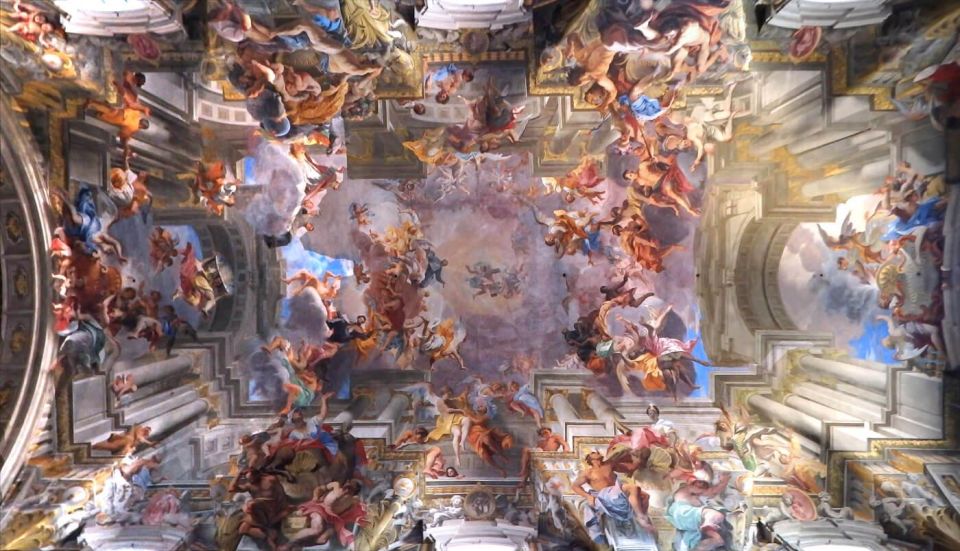
Amidst the grandeur of the Vatican, a series of scandals unfolded in the 1600s, intertwining the lives of artists and clergy in dramatic and often controversial ways.
These incidents revealed the darker side of the papacy, where power dynamics led to secret affairs and betrayals. Artists like Caravaggio became embroiled in disputes, not only with patrons but also with the church hierarchy.
Rumors of corruption and moral decay circulated, as popes engaged in lavish lifestyles while promoting the arts. The tension between artistic freedom and ecclesiastical authority often sparked conflicts, highlighting a world where creativity clashed with rigid moral expectations.
Such scandals painted a vivid picture of the complexities surrounding faith, art, and human desire during this tumultuous era.
Notable Artists of the 1600s
Scandals in the Vatican set the stage for a vibrant artistic scene, where notable figures like Caravaggio, Bernini, and Borromini emerged, each leaving an indelible mark on the Baroque period.
Caravaggio revolutionized painting with his dramatic use of light and shadow, capturing raw emotion and realism in his works.
Bernini, a master sculptor and architect, created breathtaking masterpieces like the Ecstasy of Saint Teresa, blending sculpture and architecture seamlessly.
Meanwhile, Borromini’s innovative designs transformed Roman churches, showcasing intricate forms and dynamic spaces that challenged traditional aesthetics.
Together, these artists not only reflected the tumultuous spirit of their time but also influenced generations to come, ensuring their legacies endure in the annals of art history.
Rivalries and Collaborations
Rivalries and collaborations among artists in 1600s Rome shaped the vibrant cultural landscape, driving innovation and competition that fueled their creative genius. Artists like Caravaggio and Bernini often found themselves in a delicate dance of admiration and rivalry. While their fierce competition pushed them to new heights, collaborations also emerged, enriching the artistic community.
| Artist | Notable Rivalry |
|---|---|
| Caravaggio | Annibale Carracci |
| Gian Lorenzo Bernini | Francesco Borromini |
| Guido Reni | Domenichino |
| Pietro da Cortona | Giovanni Lanfranco |
These dynamics not only shaped individual careers but also transformed Rome into a hub of artistic brilliance, capturing the imagination of future generations.
Hidden Lives of Artists
Beneath the surface of their celebrated works, many artists of the 1600s led complex and often tumultuous lives filled with personal struggles, hidden relationships, and societal pressures that influenced their creativity.
Caravaggio, for instance, faced legal troubles and violent altercations, shaping his intense, emotional style.
Bernini, while revered for his sculptures, wrestled with the demands of powerful patrons and his own turbulent passions.
Artists often navigated a web of secrecy, balancing their public personas with clandestine affairs and rivalries.
These hidden lives not only fueled their artistic expression but also reflected the socio-political climate of the time.
Ultimately, understanding these complexities allows a deeper appreciation of their masterpieces and the stories behind them.
The Role of Women
In the vibrant art scene of the 1600s, women played crucial yet often overlooked roles, serving as muses, patrons, and even artists in their own right, despite the societal constraints of their time.
Many wealthy women became influential patrons, commissioning works that shaped the art world. Figures like the Medici family significantly supported artists, financing grand projects and exhibitions.
Meanwhile, some women broke through the barriers, creating art that challenged norms and showcased their talents. Notable artists, such as Artemisia Gentileschi, gained recognition for their powerful depictions of women and their experiences.
Though often relegated to the background, women’s contributions during this period were vital, ultimately enriching the cultural landscape of 17th-century Italy and influencing generations to come.
Legacy of Betrayal
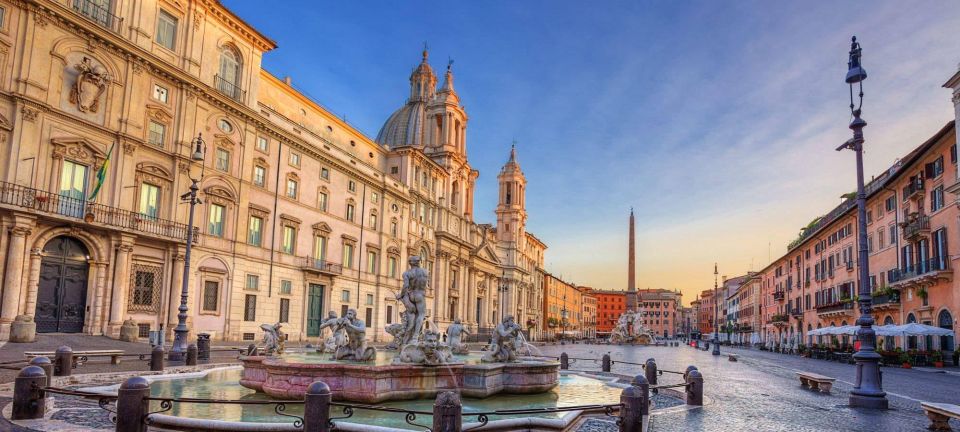
The 1600s were marked by a series of betrayals that not only shaped the careers of artists but also influenced the power dynamics within the Church and the art world.
Artists like Caravaggio faced intense rivalries and shifting allegiances, often leading to scandalous outcomes.
Papal patronage was a double-edged sword; while it offered financial support, it also demanded compliance and loyalty, often resulting in artists being forced into compromising situations.
The fallout from these betrayals reverberated through generations, affecting artistic expression and the relationships between creators and their patrons.
Ultimately, the legacy of betrayal crafted a complex tapestry of ambition, manipulation, and creativity that defined the Baroque era, leaving an indelible mark on both art and history.
Here's a few more nearby tours and experiences we think you'll like.
- Skip the Line: Vatican Museums & Sistine Chapel With St. Peters Basilica Access
- Expert Guided Tour of Colosseum Underground OR Arena and Forum
- The Original Roman Crypts and Catacombs Tour With Transfers
- Tuscany Guided Day Trip From Rome With Lunch & Wine Tasting
- Colosseum Underground and Ancient Rome Small Group – 6 People Max
- Skip-the-Line Vatican, Sistine Chapel & St. Peters | Small Group
Frequently Asked Questions
What Is the Duration of the Tour?
The tour lasts 2.5 hours, providing ample time for participants to enjoy the rich history and fascinating stories of Rome’s artists, while exploring key locations and enjoying insightful commentary from the guide.
Where Is the Meeting Point for the Tour?
The meeting point for the tour’s participants is Via della Stamperia, right in front of the Accademia S. Luca Academy of Painting. It’s a convenient spot to gather before their exciting adventure begins.
How Many Participants Are Allowed per Group?
The tour limits each group to 10 participants, ensuring a more personalized experience. This small size allows everyone to engage with the guide, enhancing their understanding of the fascinating historical tales shared during the journey.
Can I Cancel My Reservation for a Full Refund?
She can cancel her reservation up to 24 hours in advance for a full refund. This flexibility ensures peace of mind for participants, allowing them to enjoy their plans without unnecessary stress.
What Should I Wear for the Tour?
For the tour, she suggests wearing comfortable shoes, as you will walk extensively. Also, it’s best to avoid sleeveless shirts to adhere to local dress codes when visiting churches and historical sites.
Not for you? Here's more of our most recent tour reviews happening neaby
- Rome | Paint & Sip in Piazza Navona
- SKIP THE LINE: Vatican Museum ~ Sistine Chapel WITH Guided Tour
- Rome: Colosseum, Roman Forum & Palatine Hill Priority Tour
- Rome: 2-Hour Private Walking Tour From Piazza Navona
- Trastevere, Rome Food & Wine Tasting Tour
- Colosseum and Roman Forum Semi-Private Guided Tour
- Immerse Yourself Between Virtual and Real in the Ocean Floor
- Rome: Insta-Perfect Walk With a Local
- Rome: The Most Beautiful Opera Arias Concert
- Rome: Ancient Roman Highlights Self-Guided Audio Tour
- Discover Colosseum and Mammertine Prison Guided Tour
- Magnificent Rome Walking In-App Audio Tour in English
- Rome: Fountains and Squares Small-Group Walking Tour
- Local Wine Tasting
- Rome: City Walking Tour
Recap
The relationship between popes and artists in the 1600s was a complex tapestry of ambition, scandal, and creativity.
As artists navigated the expectations of their powerful patrons, they often found themselves entangled in moral dilemmas and rivalries that shaped their work and lives.
This era of the Baroque not only produced stunning masterpieces but also revealed the hidden struggles and betrayals that defined artistic expression.
Ultimately, these tumultuous interactions left a lasting impact on the world of art.

